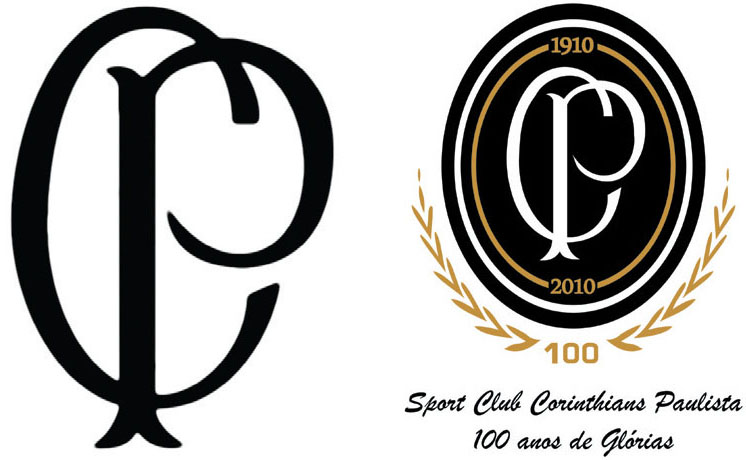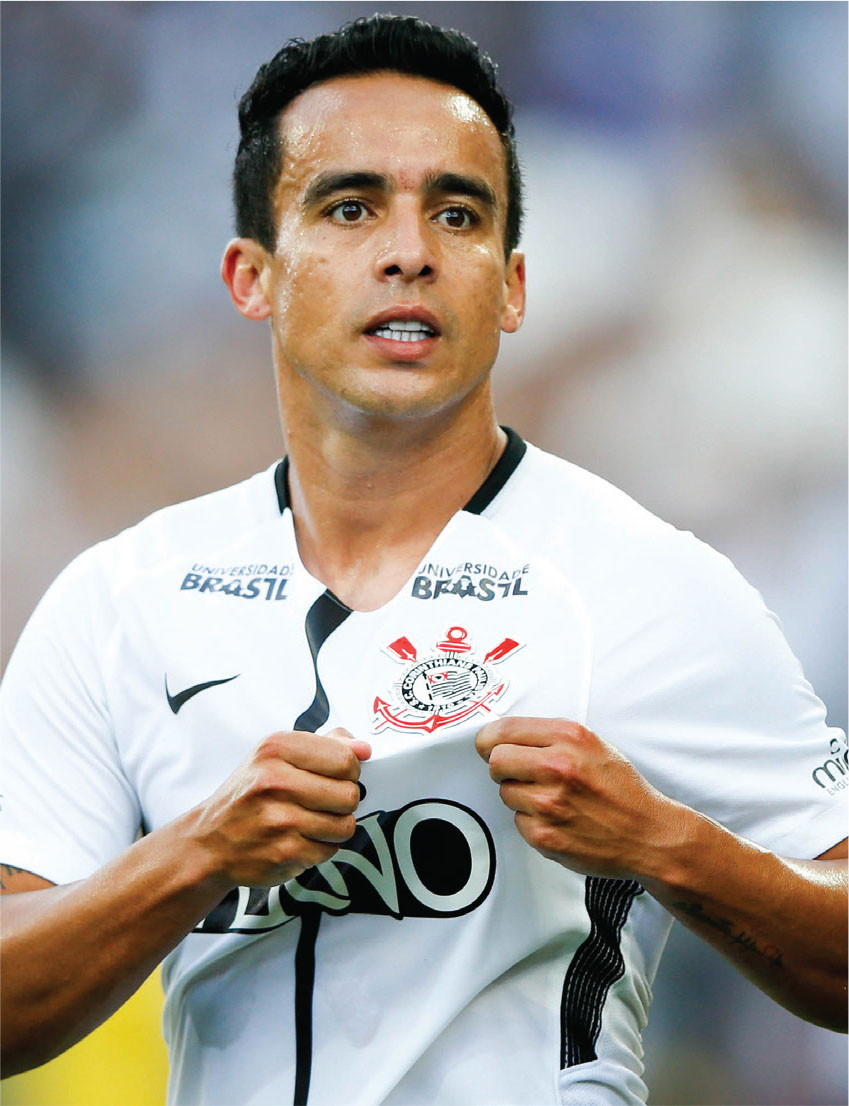
CORINTHIANS
BRITISH-INSPIRED HERITAGE
Corinthians have won all there is to win: regional championships, the national League, the domestic Cup, the Brazilian Supercup, Copa Libertadores (South America’s Champions League) and the FIFA club teams’ World Cup. Global footalling artists like Sócrates, Rivelino and Ronaldo (Ronaldo Luís Nazário de Lima) have played in the team. Considered the people’s club in São Paulo, Corinthians are the second most beloved club in the country. Only Flamengo, from Rio de Janeiro, have more supporters. In 2013 Corinthians also became the first non-European club to be ranked as one of the 20 most valuable clubs in the world by Forbes. But what connects this giant to a club of amateurs in England?
In 1882 Corinthian FC was founded in London, a club that kept the amateur rules when others were professionalised. Instead of joining the Football League, which was launched in 1888, Corinthian FC went on several tours abroad, among them to Brazil in 1910. This was a journey that inspired five railway workers to start a Brazilian version in São Paulo. In those days football was something reserved for the elite and the upper classes, and Corinthians became the first club to be open to the general public.
The Brazilian and English Corinthians have developed in different directions. The former is one of South America’s biggest clubs while their forerunners are still playing amateur football under the name of Corinthian-Casuals FC. This did not stop the clubs from meeting in a friendly match as late as 2015. Thanks to the support of the Brazilian fans, the English amateur club has more than 140,000 followers on Facebook.
The Brazilian club’s crest has changed over time and evolved from relatively simple badges featuring the club’s initials through to a more intricate design inspired by the São Paulo’s federal state flag via additional designs celebrating the sports club’s success in rowing.
CLUB: SC Corinthians Paulista
NICKNAMES: Timão (the Big Team), Time do Povo (the People’s Team), Todo Poderoso (the All-Powerful) and Coringão
FOUNDED: 1910
STADIUM: Arena Corinthians, São Paulo (49,205 capacity)
HISTORIC PLAYERS: Cláudio, Wladimir, Rivellino, Jo, Sócrates, Dunga, Deco, Carlos Tévez and Ronaldo

1913–1914 and 2010. For the sake of simplicity, the Corinthians’ first emblem contained only the letters C and P, standing for Corinthians Paulista. The crest was revived for the club’s centennial.

1914–1916, 1916–1917 and 1917–1920. The emblem was designed by the lithographer Hermogenes Barbuy, the brother of one of the players. It made its first appearance in a training match against Torino in São Paulo. A third initial, S, was added, for ‘Sport‘.

1920–1926. Big changes occurred in 1919, when São Paulo’s federal state flag was introduced into the emblem. The year the club was founded and its name are written in the circle.

1926–1939 and 1939–present. In spite of the opposition of the Brazilian dictator Getúlio Vargas to the regional symbols, the Corinthians managed to keep their flag and to update their emblem. Thanks to the club’s great successes in water sports, two oars and an anchor were added. This was unusual: several football clubs have grown out of rowing clubs, but rarely has this happened the other way round. The crest was designed by the artist Francisco Rebolo. Since then the crest has been modernised a couple of times, as in 1990 and 2011, when the club introduced s tars above the emblem.

Jadson pays tribute to the club crest after scoring a goal against Atlético Mineiro as Corinthians triumph with their seventh title in 2017.